Binayuyu Tree
- November 12, 2024
- 0 comment
The Binayuyu Tree (scientific name Antidesma ghaesembilla) plays a crucial role in various ecosystems, particularly in tropical and subtropical regions. Known for its resilience and ecological contributions, this tree is valued not only for its environmental benefits but also for its ability to support local wildlife and enhance biodiversity.
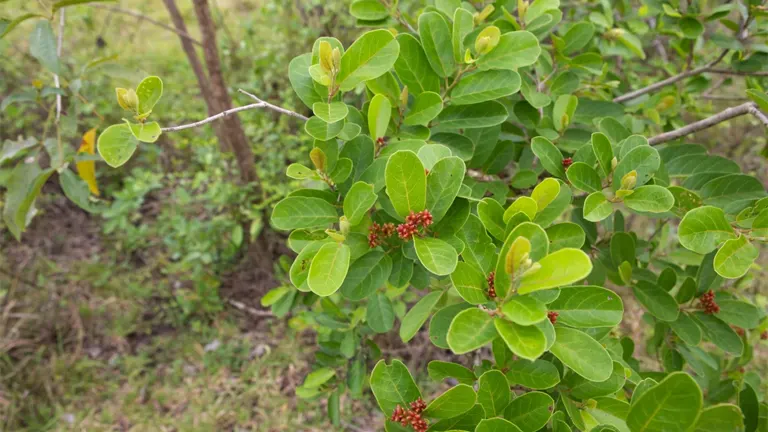
Its botanical importance lies in its membership in the Phyllanthaceae family, a group of plants recognized for their adaptive qualities and ecological functions.
What Is a Binayuyu Tree?
The Binayuyu Tree, or Antidesma ghaesembilla, is a small to medium-sized tree characterized by its bushy appearance and glossy green leaves. It falls under the Phyllanthaceae family, known for its diversity of shrubs and trees.
| Characteristics | Description |
|---|---|
| Species | Binayuyu Tree (Antidesma ghaesembilla) |
| Common Names | Binayuyu |
| Lifespan | Can live up to 20-50 years |
| Location | Native to Southeast Asia, mainly the Philippines and Indonesia |
| Height | Typically grows up to 5-10 meters |
| Leaves | Oblong, smooth, and dark green |
| Flowers | Small, greenish-yellow clusters |
| Ecological Role | Prevents soil erosion, supports biodiversity |
| Cultural Importance | Used in traditional practices and conservation |
| Adaptability | Thrives in tropical and subtropical climates |
| Wildlife Support | Provides food and shelter for birds and insects |
| Economic Use | Utilized for minor timber and traditional remedies |
| Pollination | Attracts bees and other pollinators |
| Symbolic Meaning | Signifies ecological sustainability and biodiversity |
Characteristics of Binayuyu Tree:
- Leaves: Dark green, simple, and oblong-shaped with a leathery texture.
- Bark: Smooth and light brown, sometimes with a reddish hue as the tree matures.
- Flowers: Small and inconspicuous, often clustered and greenish-yellow, leading to the formation of small, round, dark purple to black berries.
Interesting Facts:
- The Binayuyu Tree contributes to soil health by stabilizing the ground with its root system, preventing erosion.
- It has a typical lifespan ranging from 20 to 50 years, depending on the environmental conditions it is exposed to.
Different Types of Binayuyu Tree Species
The Binayuyu Tree itself (Antidesma ghaesembilla) is the primary focus, though it belongs to the broader Antidesma genus, which contains other notable species:
Antidesma Bunius
(commonly known as Bignay or Bignai): Often cultivated for its fruit.
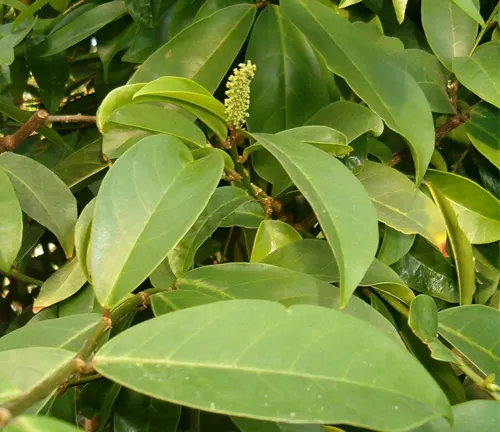

Antidesma Montanum
Known for its presence in forested areas and its adaptability to various altitudes.
These species vary in size, with some growing up to 15 meters tall while others remain smaller, more shrub-like. The Binayuyu Tree typically thrives in open woodlands or forest edges, showcasing its adaptability to a variety of natural landscapes.
Where Do Binayuyu Trees Grow?
The natural habitat of the Binayuyu Tree spans tropical and subtropical regions, particularly in Southeast Asia, including the Philippines, Indonesia, and parts of Malaysia. It is also found in arid and semi-arid areas where it adapts to harsher conditions by developing deep root systems.
Climatic Adaptation and Ecological Role:
- The tree prefers warm, humid climates but is remarkably resilient, capable of surviving in areas with seasonal dry spells.
- It can be found at various altitudes, from lowland coastal areas to mid-mountain forests.
- It acts as a pioneer species, meaning it can colonize disturbed or degraded lands, making it vital for soil stabilization and forest regeneration.
- By providing shade and shelter, the Binayuyu Tree supports the growth of understory plants and serves as a habitat for insects and small animals.
How to Grow and Care for Binayuyu Tree
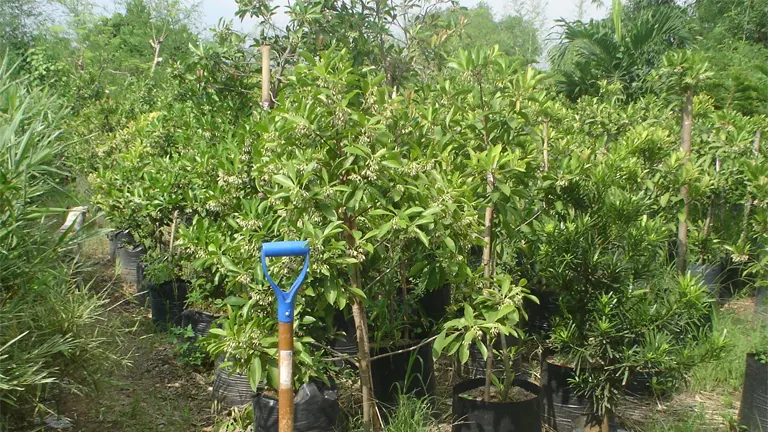
- Soil: Prefers well-drained, loamy soil but can adapt to various types, including sandy or clay-rich soils.
- Sunlight: Thrives in full sun but tolerates partial shade.
- Water: Requires moderate watering; it is drought-tolerant once established but needs consistent moisture during its initial growth phase.
Propagation Methods and Maintenance Tips:
- Seeds: Collect ripe berries and extract the seeds, soaking them in water before planting to improve germination.
- Cuttings: Take semi-hardwood cuttings during the growing season and plant them in nutrient-rich soil.
- Prune to remove dead or diseased branches.
- Protect young trees from pests such as leaf-eating caterpillars and aphids by applying natural deterrents or horticultural oils.
Ecological Benefits of Binayuyu Tree
The Binayuyu Tree is beneficial to ecosystems in numerous ways:
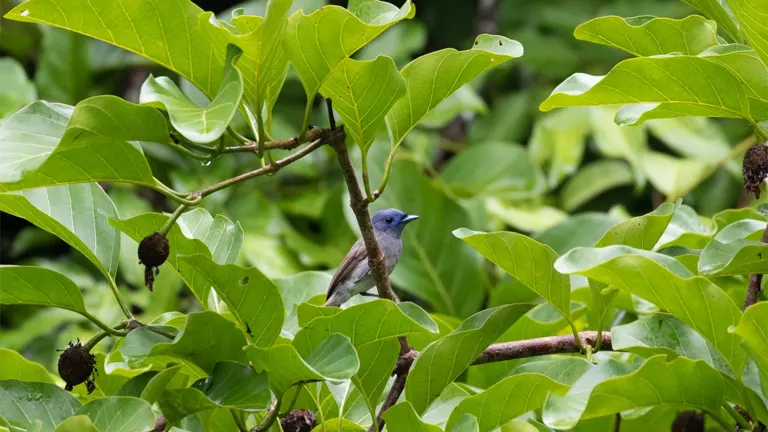
- Soil Improvement: Its roots help bind soil, preventing erosion and promoting healthier land use.
- Nutrient Cycling: Fallen leaves decompose to enrich the soil, making it fertile for other plant life.
- Wildlife Habitat: The tree’s berries are a food source for birds and mammals, which, in turn, aid in seed dispersal.
Binayuyu Tree Flowering and Pollination
The Binayuyu Tree flowers typically in the warmer months. The blooms are small and lack prominent features, which can be easily overlooked. However, they are essential for the pollination process, often attracting insects and bees, which aid in transferring pollen.
Is Binayuyu Tree Drought-Tolerant?
The Binayuyu Tree is notably drought-tolerant, equipped to withstand dry seasons due to its deep-rooting system that accesses water stored deeper in the soil. This makes it a practical choice for reforestation projects in arid regions or as a component of sustainable landscaping in water-limited areas.
Tips for Growing in Arid Climates:
- Mulch around the base to retain moisture.
- Water deeply but less frequently to encourage root growth.
Binayuyu Tree and Wildlife Interactions
The Binayuyu Tree holds significant importance in its native habitat, interacting symbiotically with various animal species:
- Birds: Feed on its berries and help disperse seeds.
- Insects: Pollinators like bees contribute to the tree’s reproductive cycle.
- Small Mammals: Use the tree as a food source and a shelter, creating an integral part of the local food chain.
Conclusions
The Binayuyu Tree (Antidesma ghaesembilla) serves as a key player in promoting ecological balance. Its contributions to soil stabilization, biodiversity support, and habitat creation highlight its importance in environmental health. Conservation efforts that include the Binayuyu Tree can foster more resilient ecosystems, ensuring that both natural habitats and human communities benefit from its presence.
Frequently Asked Questions (FAQs)
- What is the Binayuyu Tree used for?
The Binayuyu Tree is used for soil stabilization, providing habitat for wildlife, and supporting biodiversity in tropical and subtropical regions. - Where is the Binayuyu Tree commonly found?
It is primarily found in Southeast Asia, including the Philippines, Indonesia, and parts of Malaysia, thriving in open woodlands and forest edges. - What are the main characteristics of the Binayuyu Tree?
It has dark green, oblong leaves, light brown bark, and small, greenish-yellow flowers that produce dark purple berries. - How does the Binayuyu Tree support local wildlife?
Its berries provide food for birds and mammals, while its branches offer shelter and nesting sites. - Is the Binayuyu Tree drought-tolerant?
Yes, it is drought-tolerant, with a deep root system that helps it survive in dry conditions. - Can the Binayuyu Tree be grown in home gardens?
Yes, it can be grown in home gardens with well-drained soil, moderate watering, and full sunlight. - What role does the Binayuyu Tree play in the ecosystem?
It helps prevent soil erosion, enriches the soil with decomposing leaves, and supports local biodiversity. - How do you propagate the Binayuyu Tree?
Propagation can be done using seeds extracted from ripe berries or through semi-hardwood cuttings.
We hope this guide has shed light on the Binayuyu Tree’s importance. Have experiences or tips on growing or conserving it? Share your thoughts below and inspire others. Don’t forget to share this guide to support biodiversity and sustainable practices.



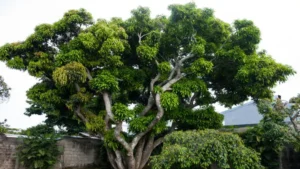
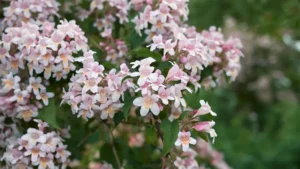
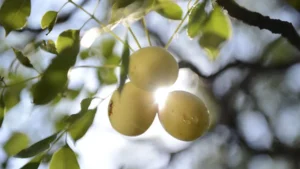

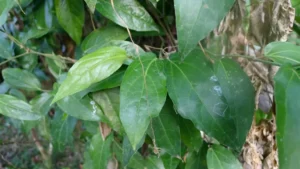
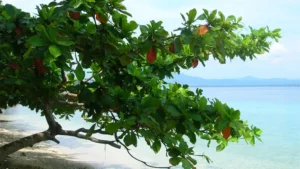

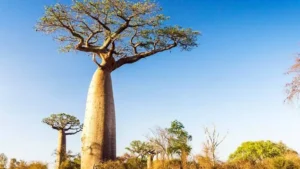
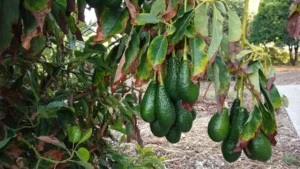
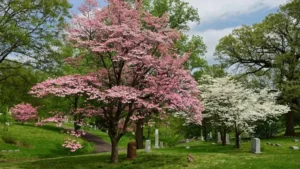
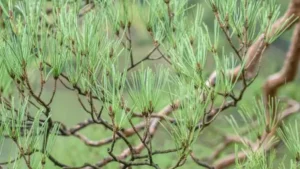
Leave your comment